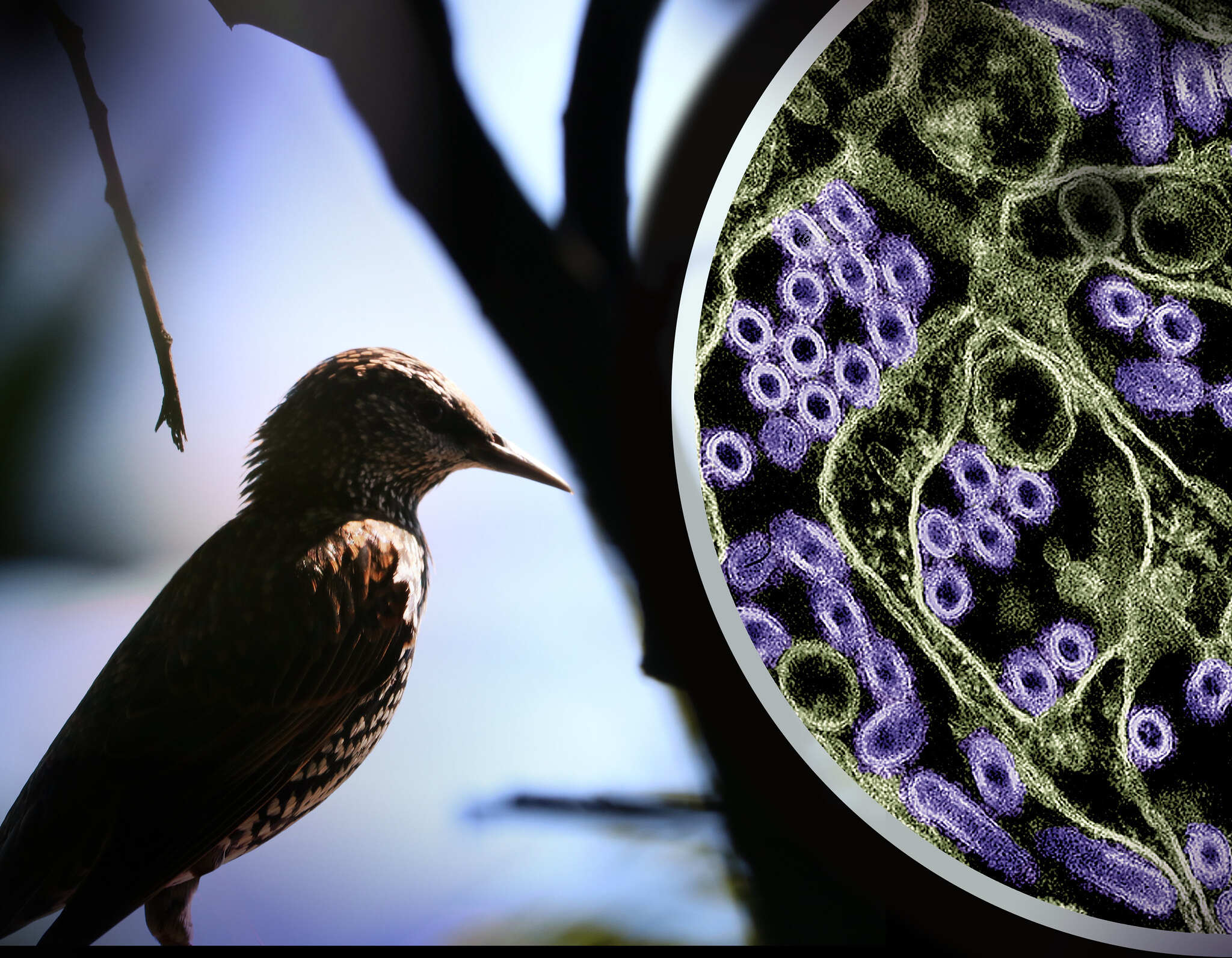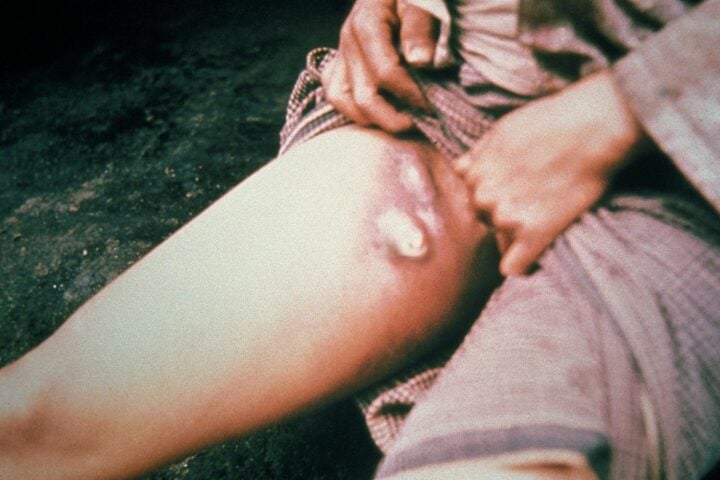A teenager in British Columbia has tested positive for H5 avian influenza, making this the first human case detected in Canada. The young patient from the Fraser Health region is receiving care at B.C. Children’s Hospital, while health officials work to understand how this rare viral infection occurred.
As a health reporter who’s covered countless infectious disease outbreaks, this case catches my attention – not because it’s cause for panic, but because it adds another piece to our understanding of how viruses move between animals and humans. The samples are currently at the National Microbiology Laboratory in Winnipeg for confirmation, which makes this a presumptive case for now.
Dr. Bonnie Henry, B.C.’s provincial health officer, spoke directly about the situation: “Our thoughts are with this young person and their family during this difficult time. This is a rare event, and while it is the first detected case of H5 in a person in B.C. or in Canada, there have been a small number of human cases in the U.S. and elsewhere.”
The numbers tell an important story: Since early October, the H5N1 virus has infected 22 poultry farms in B.C. alone. The virus has spread through wild bird populations and even affected small mammals like foxes and skunks. In the U.S., 46 human infections have been documented since April, with the virus affecting 450 dairy farms across 15 states.
Dr. Isaac Bogoch, an infectious disease specialist at Toronto General Hospital, explains the medical community’s interest in this virus: “This has been a virus that’s on the radar to cause significant clinical harm in humans.” He points out the virus’s ability to “reassort” – or swap genes – which could affect how it spreads.
Looking at the global picture, Health Canada’s data shows over 900 human cases reported worldwide since 1997, mainly in Asia and Africa. About half of these documented cases resulted in death, though health officials note milder cases might go unreported. Canada’s only previous encounter with H5N1 in humans occurred in 2014, when a resident died after returning from China.
Similar Posts
For those wondering about practical health measures, B.C. health officials recommend staying current with immunizations, particularly the seasonal flu vaccine. They advise keeping pets away from sick or dead animals and reporting any dead or sick birds.
Health Minister Mark Holland maintains that public risk remains low, but health teams aren’t taking chances. They’re tracking down anyone who had contact with the infected teenager, checking for symptoms, and providing guidance on testing and prevention.
The investigation continues as health officials work to pinpoint how the teenager came into contact with the virus. “The source of exposure is very likely to be an animal or bird,” according to the provincial health office, which is collaborating with the Canadian Food Inspection Agency and other partners to monitor the situation.
For healthcare workers and anyone in contact with sick animals, the advice is clear: watch for flu-like symptoms within 10 days of exposure. If symptoms develop, inform your healthcare provider about any animal contact – this information helps guide appropriate testing and treatment.
This case adds to our growing knowledge about zoonotic diseases – those that can pass between animals and humans. While we’ve seen this virus affect dairy workers and poultry handlers in other countries, each case helps medical professionals better understand transmission patterns and improve prevention strategies.


















